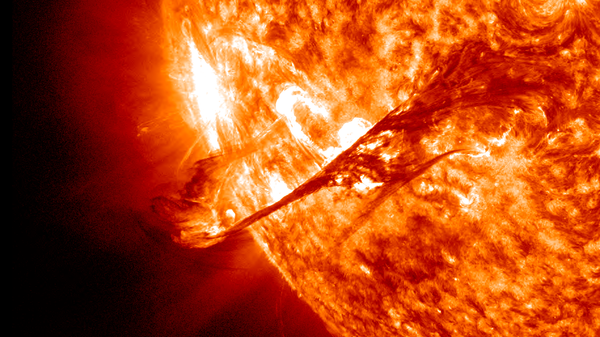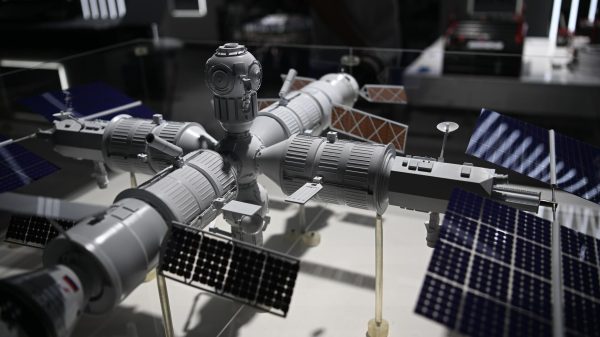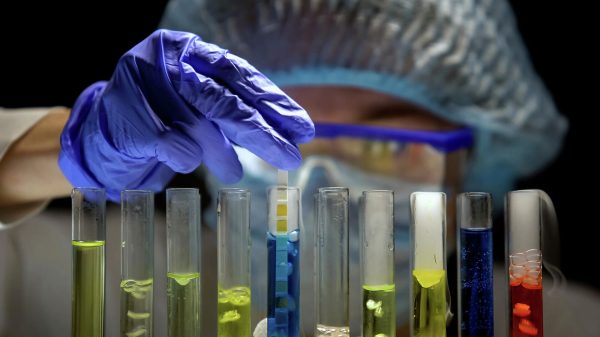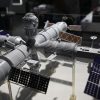
NEW DELHI, January 6< /strong>The Indian research station Aditya-L1, launched towards the Sun, has reached the Lagrange point, from where it will conduct observations, Sridhara Somanath, head of the Indian Space Research Organization, told the Ani agency.
«Aditya-L1 reached the L1 point on January 6 at 16:00 (1330 Moscow time) and we are going to make a final maneuver to keep it there,» he said.
The Lagrange point is a unique region where gravitational forces between the Earth and the Sun reach equilibrium. Although absolute neutralization of forces is not achievable due to the influence of other celestial bodies such as the Moon, Mars and Venus, point L1 provides a stable position for observation purposes.
India's solar exploration mission was launched on September 2 last year. The spacecraft carries seven instruments to observe the photosphere, chromosphere and the outermost layers of the Sun (the corona) using electromagnetic, particle and magnetic field detectors. It is planned that upon reaching the intended orbit, the mission's main apparatus, the visible radiation line coronagraph, will send 1,440 images per day to the ground station for analysis.
The Aditya L1 mission is expected to provide information for understanding solar corona heating, coronal mass ejections, pre-flare activity and its characteristics, space weather dynamics, solar wind propagation, particles and fields, and others.
Indian Prime Minister Narendra Modi congratulated Indian scientists on this event.
«India creates another landmark. India's first solar observatory Aditya-L1 reaches its destination. It is a testament to the tireless dedication of our scientists to carry out the most challenging and intricate space missions. I join the nation in applauding this remarkable feat. We will continue to pioneer more frontiers of science for the benefit of humanity,” he wrote on the social network X.
























































Свежие комментарии